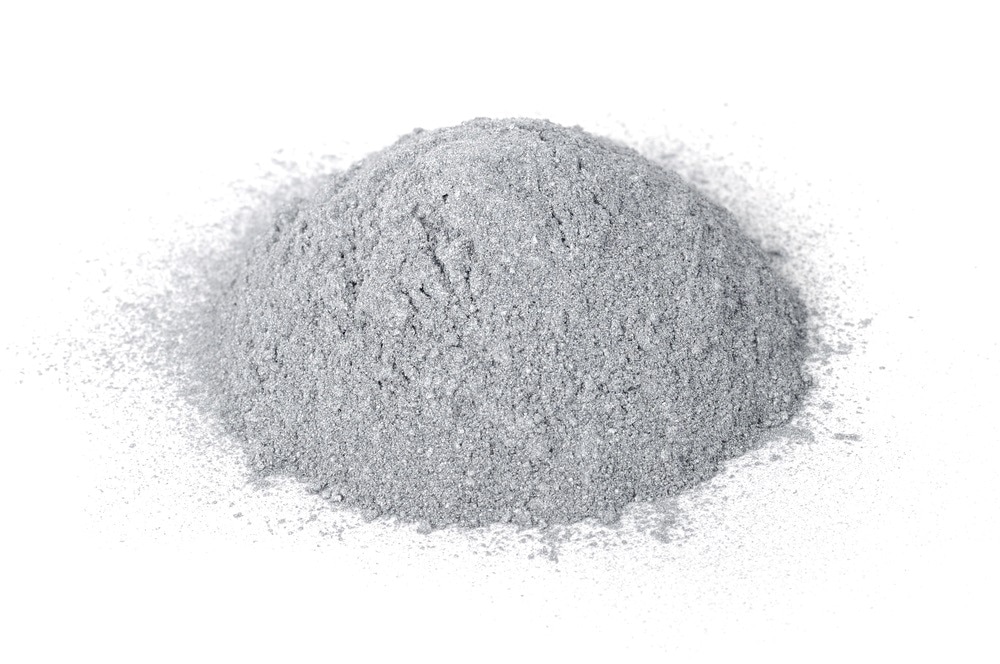Powder metallurgy, the production of a solid object from a fine metal powder, is considered to be a versatile method for developing a variety of metal components based on a wide range of specifications.

Image Credit: Imageman/Shutterstock.com
Particle size as well as particle size distribution are crucial for this process, since together they are capable of influencing how the powder flows, the porosity of the final product, and the compaction behavior within a die. For the majority of processors, laser diffraction provides an ideal technique to meet the associated requirement for particle size data.
This article examines how particle size defines the behavior of metal powders and considers the merits of laser diffraction analysis within this.

 Download the Full Article
Download the Full Article

This information has been sourced, reviewed and adapted from materials provided by Malvern Panalytical.
For more information on this source, please visit Malvern Panalytical.